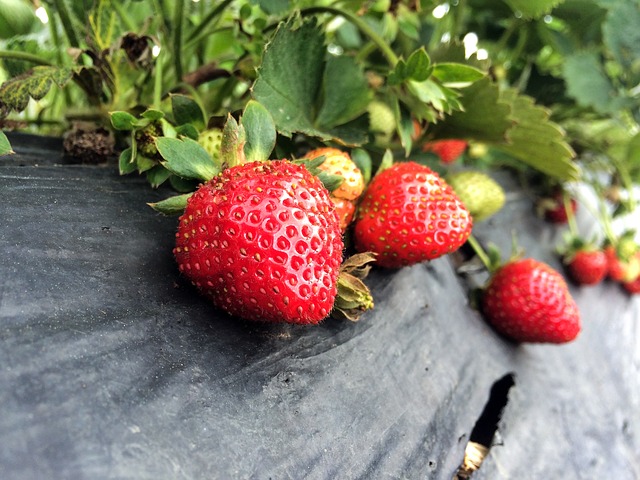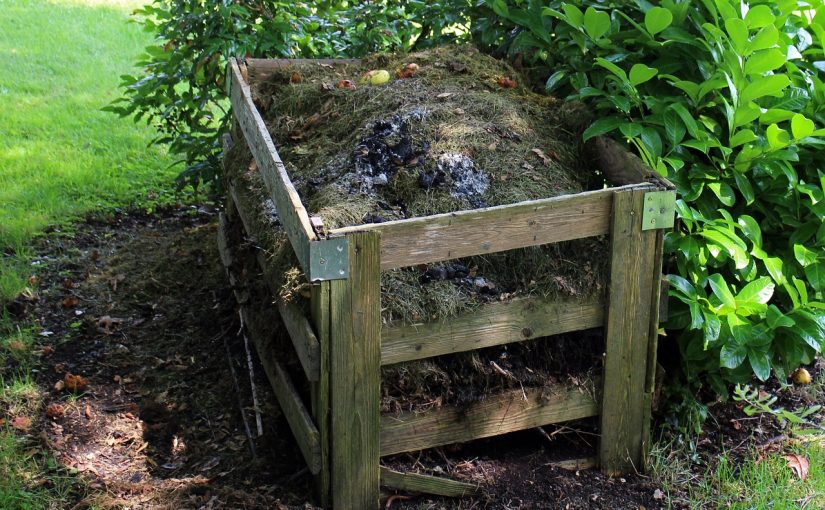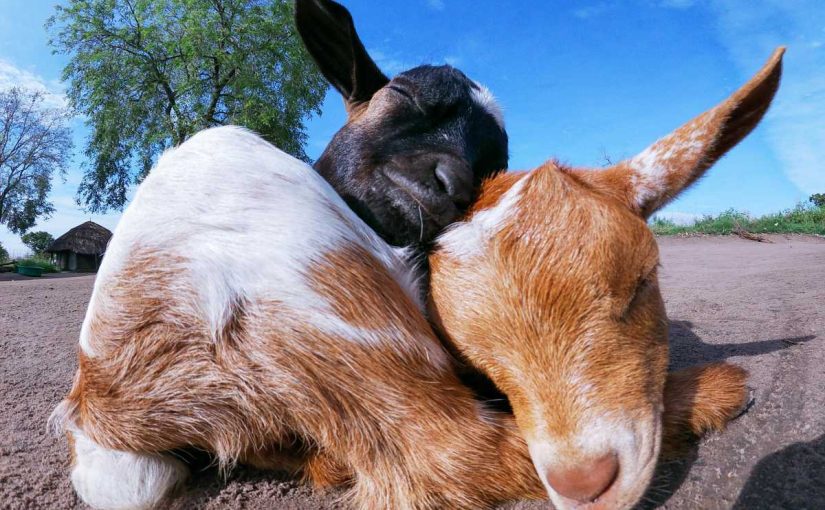Strawberries farming is one of the best alternatives to traditional crop farming in the USA. A large number of farmers around the country are growing strawberries for commercial purposes, and are making decent money. But, unfortunately, a lot of them are also struggling to earn a livelihood, because they are doing it the wrong way.
If you also want to secure your finances through growing strawberries, you should follow this detailed guide at every step. This guide is an overview of all the aspects related to commercial strawberry farming.
The guide focuses on starting a strawberry farm in almost every region in the USA. All the points are collected from a publication in CIS 93, written by B. B. Davis, D. L. Barney, and J. K. Fellman, and published by the Agricultural Experiment Station and Cooperative Extension Service of the University of Idaho.
Here are the most important points we’ve taken from the publication to make your strawberries growing efforts as fruitful as possible.
The economic importance of strawberries
As many as 76 countries produce strawberries for commercial purposes. China, the USA, Mexico, Turkey, and Spain are the top five producers, but the production is only increasing in various other parts of the world including Asia, Central, and North America, and North Africa. And the demand is getting larger and larger with every passing year too!
The development and of California’s strawberry industry is itself a story, and the rapid expansion of the industry at local levels in other parts including Central and South America, Australia, China, and the Mediterranean region is clearly visible to the global economy.
In short, if you are planning to start strawberries farming (you are most probably doing so, and that’s why you are here), your economic future is amazing! You’re going to make loads of money, of course, if you are determined enough to do the hard yards, especially in the beginning. So, let’s start with our guide.
Also Read: Cultivation of Custard Apple
Preparing the land for the strawberry plants
Most of the producers start preparing land for commercial strawberry farming in late August. Strawberry plants are actually perennial, but most of the farmers consider them as annual. The land is properly fertilized before farming and harvesting strawberries.
After fertilization, farmers focus on mounding soil into plateau-like rows, and then they cover the soil with black plastics.
Usually, the drip tape irrigation is also placed in the ground while covering with plastics. Experienced farmers use a specialized tractor-machine to accomplish all the tasks related to growing strawberries from scraps. The drip tape is very useful for watering and fertilizing strawberries throughout the growth period.
Perfect climate and soil for planting strawberries
The temperate climate is the best option for growing strawberries. It is considered as “short-day and long-evening” plant and needs 10 days of sun-exposure of not more than eight hours to initiate flowering.
Strawberry plants remain dormant throughout the winter. The plants continuously grow and flower during the spring season, when the days are longer than those of winter. Some varieties also grow in a subtropical climate and grow very slowly even in winter.
Based on their response to the light, strawberries are divided into two groups i.e.
- The overbearing varieties that give buds during both short and long periods of light.
- The varieties that are common for commercial purposes and develop buds in the presence of short-light periods only.
When we talk about soil, strawberries farming needs properly-drained soil with medium loam. The soil should contain a decent amount of organic matter and should be slightly acidic (with a pH from 5.7 to 6.5).
If the soil is highly acidic, there won’t be proper root formation in strawberry plants. And soil rich in calcium makes strawberry leaves yellow, which is not a good sign at all. And, runner formation is also very good in light soil which is rich in organic matter.
You should prefer manured green land for proper growth and timely budding of plants. Don’t even think about alkaline soils or soils that are infected from nematodes.
Different varieties of strawberries
There is a wide range of strawberries available around the USA. Some of the varieties introduced from California like Solana, Tioga, and Torrey, etc. are very good for farming. For hilly areas, Dilpasand, Srinagar, and Sovereign varieties from India and neighboring countries are perfect.
For strawberries farming in warmer areas of the USA, you should choose from Blackmore, Premier Florida-90, Klonmore, Missionary and Klondike, etc.
Propagation of Strawberry plants
Runners that are prepared after the blooming season are used for propagation. Multiple runners are used for successful propagation. The target should be to use every plant with a good root system to successfully set the plantation. If properly nurtured and cared for, a single plant can give up to 18 runners.
Best season for planting strawberries
In the hills, September to October is the best time to plant crowns and runners. And for plain areas, January to February is the perfect window for planting. If planting happens too early, the overall quality and quantity of fruits are expected to be affected.
And if it is too late, runners start developing in March, and the crops are usually not very good. So, depending on the atmospheric temperature and other climate factors, August to October is the perfect strawberry growing time.
You should give priority to uprooting runners from the nurseries. Keep them into bundles before planting in the field. Keeping them in cold storage before transplanting is also a great option. You should irrigate the soil regularly to reduce the stress of water in the leaves.
Planting
Before planting, the land should be properly prepared by harrowing after deep plowing. There should be enough amount of organic manure in the soil before planting. Flatbeds, hill rows, and matted rows, all are suitable for planting strawberries. But in irrigated areas, you should plant on ridges.
The distance between the two plants varies according to the variety of plants as well as the type and area of the land. Usually, strawberry farmers follow a standard spacing of 30 cm. X 60 cm. In an ideal “strawberries growing condition”, a population of 22,000 plants per acre with the spacing if 30 cm. x 30 cm. is followed.
The plants should be planted in the soil with roots in a straight position. There should be enough air in the soil for healthy growth. The growing point is usually just above the surface of the soil. Plants should be decently irrigated at the beginning with no dry spots on the surface.
How to ensure proper care of plants
The straight roots of the strawberry plants spread closer to the surface. Therefore, you will have to maintain decent moisture in and around the soil. Young plants should be free from weeds, and there should be light and regular hoeing.
Horticultural practices related to the strawberry crops

Farmers prefer covering the soil with mulch throughout the winter to protect roots from cold injury. The mulch protects fruits from the soil, conserves moisture of the soil, and controls the decaying of fruits. And for strawberries farming, straw mulch is the most preferred one. Black alkathine mulch is also used, especially before and after the winter.
Requirement of irrigation
Strawberry is a shallow-rooted plant, and less amount, but more frequent watering in each irrigation. Excessive irrigation usually converts into increased incidents of Botrytis rot, and growth of excessive stolons and leaves at the expense of flowers and fruits. Strawberry plants are also very susceptible to drought, so insufficient watering can also damage the plants completely.
In the case of newly planted runners, you should irrigate frequently after planting. Otherwise, plants will start dying, even before their proper growth. During September and October, especially if there is no rain, you should irrigate the plants
A couple of times in a week. In December and January, irrigation once in a couple of weeks is ideal. The frequency of irrigation is usually increased once the fruits appear on the plant to ensure larger fruits in a decent number.
How many strawberries per plant?
Well, it depends entirely on a lot of factors including conditions, rain, soil, variety of strawberry plants, care, irrigation, etc. On average, a healthy plant yields 150 to 400 grams of strawberries.
Using fertilizers and manures for strawberry plants
A fertilizer dose of 25 to 50 tonnes manure, 75-100 kg. N, 40-120 kg. P205, 40-80 kg. K20/ha. maybe needed depending on the variety of plant(s) and soil type.
Intercultural operations
Harrowing and plowing are the two methods through which strawberry crop is kept free from weeds during the first season. Applying plastic sheets and herbicides are also preferred in some regions.
How to protect strawberry crops from different pests and diseases?
Cutworms and red spider mites are the most common pests related to strawberry plants. You can control spider by using 0.25 percent water-soluble sulfur with 0.05 percent monocrotophos. And a dusting the soil before plantation with 5 percent chlordane or heptachlor can control cutworms.
Blackroot rot and red stale are the two major diseases affecting strawberries farming. Fungus Phytophthora fragariae is responsible for both of them.
Black root rot can be controlled by increasing the resistant variants like stelemaster, and red stale can be managed by maintaining the vigor of the plants and rotating the strawberry crops with other crops like beans, legumes, and peas, etc.
Virus diseases like crinkle, dwarf, and yellow edges also affect strawberries crops. And raising the crop in hilly areas is the best way to avoid these diseases. Strawberries are known for throwing various chlorotic plants, which usually results from genetic segregation – and should not be confused with virus infections.
Harvesting
When the half to three-fourth of each strawberry fruit starts changing its color, you should get the indication that the harvesting time has arrived. Depending on the growth and weather conditions, you can do the picking every second or third day – prefer morning hours for picking. Small baskets and trays are preferred for harvesting at the end of strawberries growing season. To avoid damage due to excessive heat, keep those baskets or trays in a shady place.
February to April is the best time for the ripening of strawberries grown in plains. And May and June are suitable for harvesting in places with higher elevations. If you want to transport them in distant markets, try to harvest when fruits are still light in color. For transporting them in local markets, harvest them when they are fully ripe.
Post-harvesting care
Strawberries are perishable fruits. Therefore, they are packed in shallow, flat containers of different types including bamboo, cardboard, trays, and papers, etc. with not more than two to three layers of fruits. Avoid washing them, as it causes bruises and makes them lustreless – and of course, can completely derail your marketing strategies.
Yielding also depends on various factors including varieties, conditions, care, and rain, etc. If you yield 20 to 25 tons of fruits per hectare, you’ve grabbed the jackpot! But if the conditions are ideal, even 50 tons of fruits per hectare have been reported.
- Grading: Grading is also an important aspect of a successful strawberries farming strategy. Factors like size, color, weight, etc. are considered before proper grading.
- Storage: You can store strawberry fruits in cold storage at 32 degrees Celsius up to 10 days. If you are planning to transport them to distant markets, don’t forget to pre-cool them at 4 degrees Celsius within the first two hours of harvesting. After pre-cooling, you can ship them in refrigerated vans.
- Packing: Packing is done based on grading and transportation distance. Perforated cardboard cartons with paper cutting as cushioning material are preferred for first-grade fruits. And low-grade fruits are packed in trays or baskets.
- Transportation: Road transport by lorries or trucks is the easiest mode of transport because you will find it easy to travel from orchards to the market.
- Marketing: Most of the farmers, especially the new ones prefer contacting trade agents at local levels to get a decent price. We recommend this to you as well!
To be honest, strawberries growing is not the easiest of options to start your business. But if you are determined enough to do the hard work in the beginning, there is a lot to take.
Strawberry farming is considered as one of the most profitable farming in the world. It does demand a lot of hard work, care, grit, and determination.
But, once you successfully go through the first season of farming, you will find it considerably easy in the subsequent seasons. It is full of fun, taste, tang, and a lot of profit. So, keep delivering the delicacy, keep growing strawberries, keep growing fruits! Happy farming!




